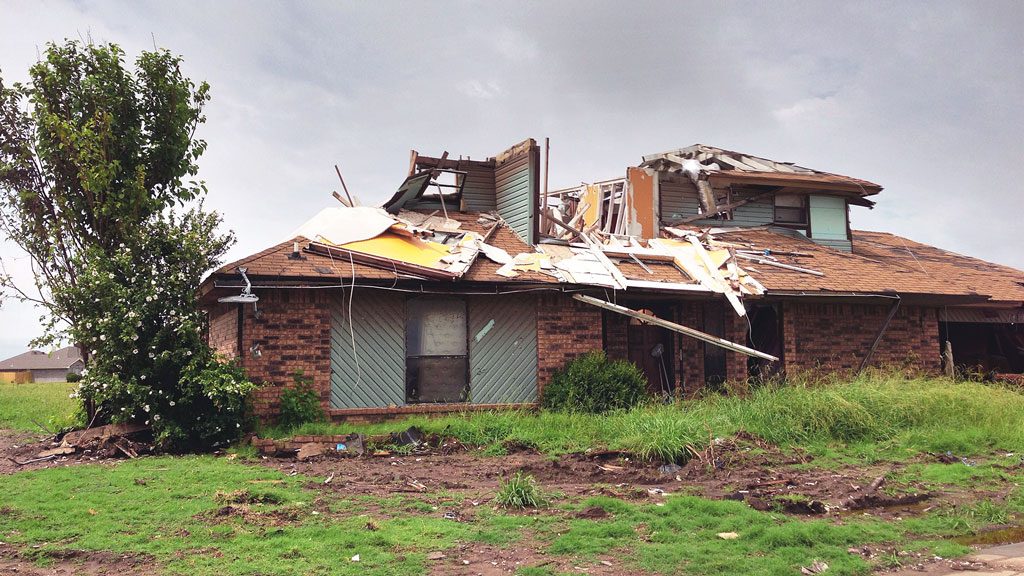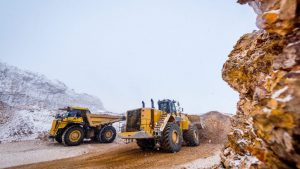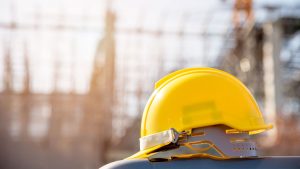Improved engineering and better roofing supplies could help ensure that up to 95 per cent of Canadian homes can withstand category EF-2 tornadoes, says Western University civil engineering professor Greg Kopp.
Kopp, a Winnipeg native who has been at Western since 1997 studying the effects of high winds on buildings through such programs as the Three Little Pigs Research Project, was recently awarded funding to study tornadoes in remote Canadian locations. From that research his team will identify methods of improving the resilience of homes and communities in locations likely to be hit by those high-wind events.
Kopp, an associate dean at the Ontario school’s Faculty of Engineering, anticipates recommendations emerging from his Northern Tornadoes Project will lead to the development of a systematic standard that considers wind loads from roof to foundation.
“From an engineering point of view, we would like to be able to predict the risk and mitigate the risk for tornadoes. If we are missing a lot of tornadoes even in unpopulated areas you are not getting a sense of the true level of risk that you have from these events,” he said. “A lot of the big tornadoes we have in Canada often occur in outbreaks, more than one tornado. So identifying those and determining accurate rates becomes an important parameter to understand to determine risk.”
The research will build on previous findings that have led Kopp to advocate for such measures to strengthen building durability as increased use of hurricane straps, better nailing patterns on roofs and improved nail quality through longer nails and nails with more friction such as HurriQuake nails.
The most vulnerable part of a house during a tornado is the roof, said Kopp, noting that much damage to communities is caused when debris from one home hits another.

“When that happens you end up with cascading damage patterns,” he said.
Wind engineers recommend hip roofs over gable roofs, trusses over stick building and slanted roofs over flat roofs, which are the worst shape aerodynamically to withstand tornado-force winds.
Kopp said the gears to bring about changes to building codes move slowly so while that’s a long-term goal, in the shorter term he aims to push builders to incorporate his higher tornado-resistant standards.
“We believe we can build houses that can withstand 90 to 95 per cent of tornados that are EF-2 tornadoes or less, for a relatively low cost — for a few hundred dollars up to a thousand dollars per house, so it is not a big cost to do that,” he said.
There is much to learn about how tornadoes cause damage when they sweep through a community, Kopp said. Scholars still don’t know the angles the winds can travel — it could be up to 45 degrees, he said — or even how fast the winds go.
His team recently discovered that during a tornado outbreak in southern Quebec, 11 tornadoes touched down, not the four originally thought. And there has been speculation, not yet proven, he said, that while climate change will not produce more tornadoes south of the border, it might in Canada.
Kopp’s research on remote areas touched by tornadoes will be enabled through satellite photos, drone photography and, if possible, in-person site visits.
“We have been trying to work on mitigating damage to communities,” said Kopp. “The probability of any house being hit is minutely small so we would not design for that but on a community level, the communities are getting hit every year so that probability is not minutely small, so we are trying to think how best to deal with that, to get a better handle on where they happen and how often.”
Kopp was part of a study that showed that if mitigations such as installing hurricane straps were taken in home building across Oklahoma, the benefit-cost ratio would be 3:1, making the measures very worthwhile, he said.
Proposals are tested at Western’s multi-million-dollar Insurance Research Lab for Better Homes.
Kopp, who is currently chair of the ASCE 49 Standards Committee Wind Tunnel Testing for Buildings and other Structures and a member of the executive board of the International Association of Wind Engineers, said if his team is going to be recommending new techniques to builders in tornado-prone communities, they need better evidence to back them up.
“So the Northern Tornado Project can help,” he said. “When trees blow over and houses are damaged, we can start correlating those things and when we have models for how wind speeds blow trees over and roofs off, we look at that. There are a lot of people doing research trying to connect those things up.”











How about structural adhesives in the Bird Mouth roof connection and other wall and roof connections? We have done some interesting research at Western Michigan University. Phillip Georgeau , GreenLink Engineering.